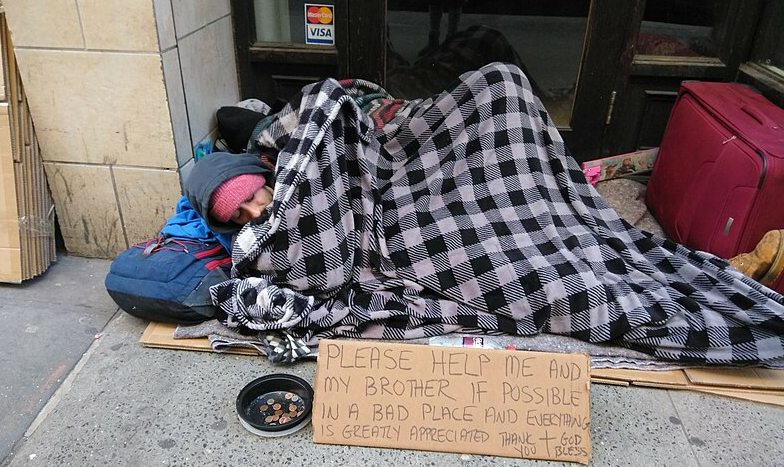MTA Chairman: “We urge customers to do their part by checking our website for the latest service advisories, and, for those who are signed up for our service alerts, paying extra attention to their email accounts and incoming text messages.â€
[Winter Warning]
With a snowstorm threatening to drop anywhere between 8 and 18 inches of snow across the region, the Metropolitan Transportation Authority (MTA) reminds New Yorkers to take extra care in their travels tomorrow and Thursday, and in some cases allow for additional travel time.
The MTA is taking steps to ensure the safe operation of its subways, buses, commuter trains, bridges and tunnels, but as snow accumulates and weather conditions change, travelers should check the MTA’s website at MTA.info for the latest advisories about possible service changes.
“When a winter storm hits, the MTA works harder not just to continue to provide safe service, but to provide extra information to customers to help them make decisions about when and how to travel,” said Jay H. Walder, Chairman and CEO of the MTA.
“We urge customers to do their part by checking our website for the latest service advisories, and, for those who are signed up for our service alerts, paying extra attention to their email accounts and incoming text messages.”
Tomorrow morning, rush-hour service on subways and buses, the Long Island Rail Road, and bridges and tunnels is expected to remain normal.
Metro-North Railroad will operate on a reduced schedule, with about 70% of inbound morning rush-hour trains running. As the day progresses, service on Metro-North and the Long Island Rail Road will differ from a normal weekday schedule, with more trains being added between noon and 4 p.m., and fewer trains operating during the usual height of the evening rush hour.
Customers should visit MTA.info to find schedules for tomorrow’s trains.
Subway service should remain on or close to regular service levels during rush hours and middays, but delays and disruptions are possible as snow accumulates on tracks and streets, and express subway service may be reduced or eliminated on some routes during evening and overnight hours as underground express tracks are put to use for train storage.
The steps that the MTA agencies will take to ensure continued operations throughout and immediately after the storm include the following:
[] MTA New York City Transit, MTA Long Island Rail Road and MTA Metro-North Railroad maintain fleets of snow and ice-busting equipment designed to keep outdoor tracks, third rails and overhead wires clear of snow and ice. The fleet includes super-powered snow throwers, jet-powered snow-blowers, de-icing cars, and pilot trains equipped with plows, all designed to keep service moving. This equipment provides the ability to run trains more often, which also serves as a way to keep
tracks clear of snow.
[] MTA New York City Transit protects its subway trains from snow, ice and sub-freezing temperatures by moving them from outside yards into storage on the express tracks in tunnels. This causes a reduction of express service during evenings and overnight hours, with more limited impact during middays and rush-hours.
[] Track switches will be treated with anti-freeze, and switch heaters will be turned on during the storm to keep switches moving
freely so we can continue to route trains from one track to another.
[] Crews will shovel and salt outdoor platforms and steps at all subway and commuter rail stations.
[] MTA Bridges and Tunnels has 7,000 tons of deicer available to be applied at roadways and toll plazas at its seven bridges and two tunnels, plus nearly 100 pieces of snow-removal equipment including plows that will be deployed as needed.
[] MTA New York City Transit will deploy 31 salt-spreading trucks along its highest priority bus routes beginning this
evening, particularly those with hills.
[] The MTA’s bus operations will place chains on the tires of 700 to 800 buses to ensure they have better traction in snow, slush and ice. The first buses to receive those chains are those that operate on overnight routes.











